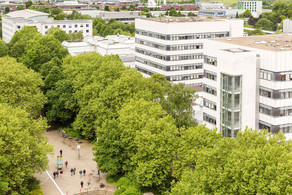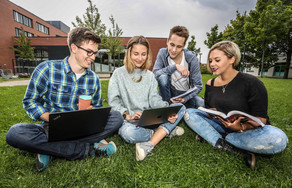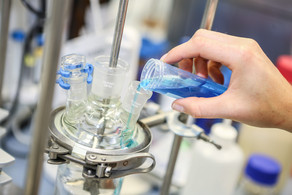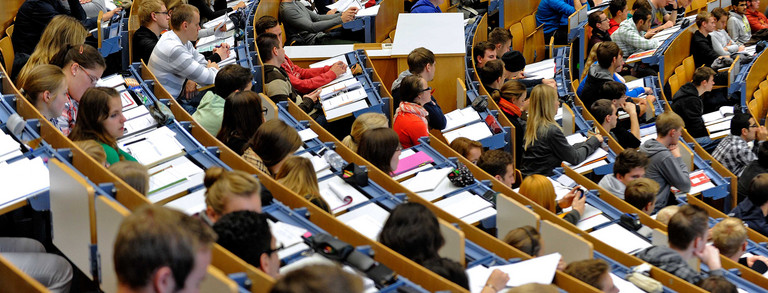Industrielle Prozesse nachwachsender Rohstoffe
Course Content
Provides an overview of renewable raw materials, their characteristics, their advantages and disadvantages, their occurrence and uses. In particular, the most important industrial processes for the conversion of renewable raw materials will be covered. The focus is on processes for the conversion of fats and oils, carbohydrates (cellulose, starch, sugar, chitin), lignin as well as plant extracts (fragrances, natural rubber, etc.). In addition, higher-level concepts are taught which underlie the principle transformation of certain product classes. In particular, the importance of biorefineries as a superordinate concept for the integration of renewable raw materials in the chemical industry is addressed.
Aquired competences
In this module, the students have gained a sound knowledge of the material in the field of renewable raw materials, which is of great importance for successful engineering work. They have learned to compare processes using specific individual examples and to weigh up the advantages and disadvantages of certain types of reaction, reactor types, reprocessing steps and recycling methods. In discussing the examples, they have dealt intensively with questions of safety and environmental protection, energy conservation, selective reaction control through the targeted use of catalysis, and economic aspects, thereby deepening their knowledge.
Further Details
| Exam | Written - 120 min or in Combination with Industrielle Prozesse Petrochemischer Zwischenprodukte 180 min |
| Preliminaries | Admission requirements for the courses of the second and subsequent semesters are defined in § 9 paragraph 7 of the Examination Regulations; the Examination Committee decides on any exceptions in the case of required courses. |
| Literature | M. Baerns, A. Behr, A. Brehm, J. Gmehling, K.-O. Hinrichsen, H. Hofmann, U. Onken, R. Palkovits, A. Renken: Technische Chemie, Wiley-VCH, 2. Aufl. 2013. A. Jess, P. Wasserscheid, Chemical Technology, Wiley-VCH, 2013. A. Behr, T. Seidensticker, Einführung in die Chemie nachwachsender Rohstoffe, Springer-Spektrum, 2018. The slides of the course and any additional materials such as literature lists and website recommendations will be published in the virtual workrooms in Moodle provided for this purpose. Details will be announced at the beginning of the course. |
Only the information found in the LSF and the most recent edition of the Modulhandbuch der Fakultät Bio- und Chemieingenieurwesen is binding. The content on this page may not reflect the most up-to-date information.





